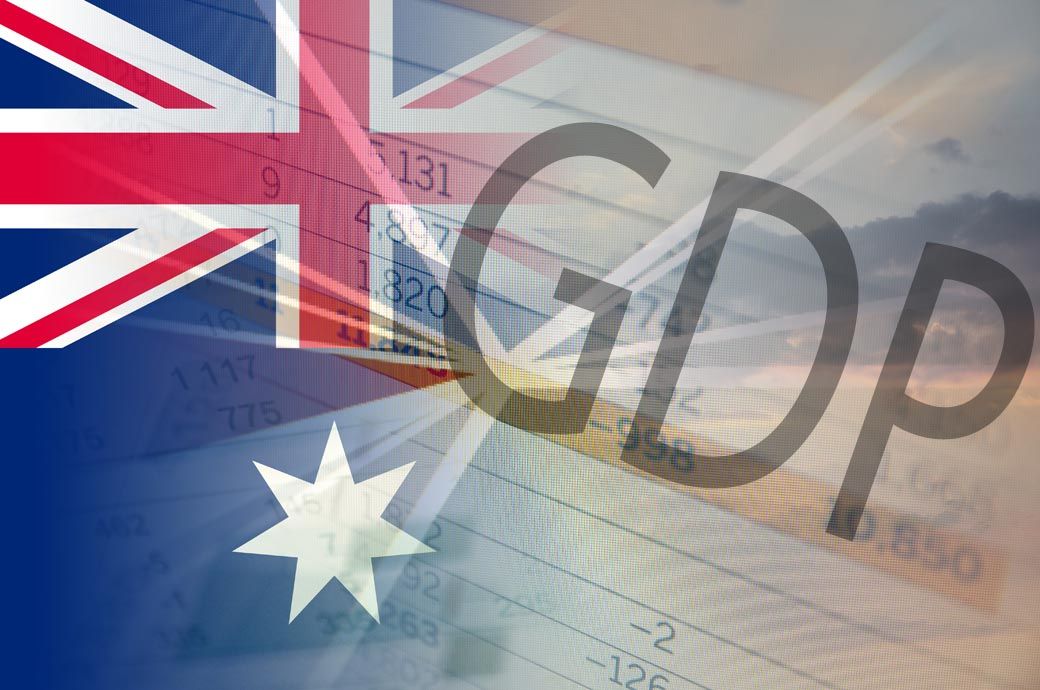
“The Australian economy grew for the twelfth quarter in a row, but has continued to slow since September 2023,” Katherine Keenan, ABS head of national accounts, said in a release.
The strength this quarter was driven by public sector expenditure with Government consumption and public investment both contributing to growth.
GDP per capita fell by 0.3 per cent, falling for the seventh straight quarter, public investment rose by 6.3 per cent, and government spending rose by 1.4 per cent.
Household spending was flat in the September quarter following a fall of 0.3 per cent in June.
Spending on clothing and footwear rose in response to unseasonably warm weather, Keenan said.
Net trade contributed 0.1 percentage points (pps) to GDP growth as exports grew by 0.2 per cent and imports fell by 0.3 per cent in the quarter.
Exports of goods rose by 0.9 per cent, while such imports fell by 1.5 per cent.
Nominal GDP rose by 0.4 per cent in Q3 2024, reflecting a 0.1-per cent rise in the GDP implicit price deflator (IPD).
Export prices fell 2.6 per cent in September, as global demand for bulk commodities continued to slow. Import prices also fell in the month led by goods imports due to reduced fuels and lubricants prices.
“The quarterly growth in domestic prices was the lowest observed since March 2021. The growth this quarter reflected softening goods prices in the economy alongside more resilient services prices reflecting high demand for labour and costs of essential services such as rent, education and health,” Keenan added.
ALCHEMPro News Desk (DS)
Receive daily prices and market insights straight to your inbox. Subscribe to AlchemPro Weekly!